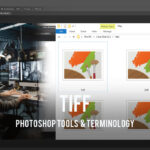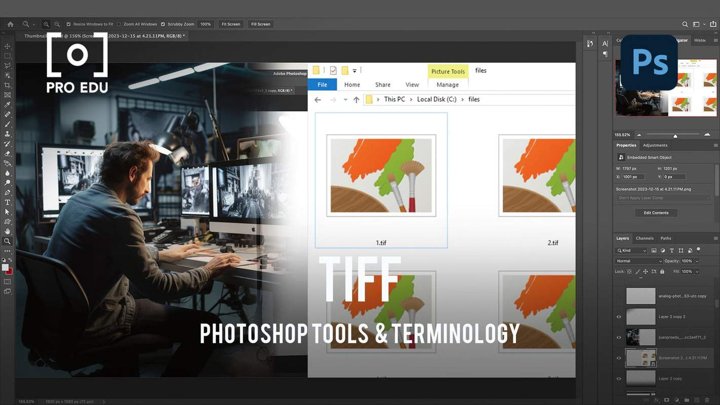Introduction
The world of digital photography has come a long way since the early days of film cameras. With the advent of digital technology, capturing and storing images has become easier, more efficient, and accessible to everyone. One format that has played a significant role in this evolution is TIFF (Tagged Image File Format). In this review, we’ll explore why TIFF is the default file format for most digital cameras and what makes it so special.
Overview
TIFF is a high-quality image file format that offers superior resolution, color accuracy, and flexibility. It’s widely used in the photography industry due to its ability to store large amounts of data, making it an ideal choice for professionals who require maximum detail and precision. Here are some key features that make TIFF stand out:
• High-quality images: TIFF files can store up to 16 bits per channel, resulting in a much higher color depth than other formats like JPEG. This means your images will retain their original details, colors, and nuances.
• Large file size: Due to its high-quality nature, TIFF files tend to be larger than others. However, this is a small price to pay for the superior image quality it provides.
• Lossless compression: Unlike JPEG, which uses lossy compression, TIFF files use lossless compression to reduce file size without compromising image quality.
With its impressive features and capabilities, TIFF has become the go-to format for many photographers. Whether you’re a professional or an amateur, understanding the benefits of TIFF can help you get the most out of your digital camera’s file format options.
TIFF: The Default File Format for Most Digital Cameras – Pros and Cons
Pros:
- Superior Image Quality: TIFF files can store up to 16 bits per channel, resulting in a much higher color depth than other formats like JPEG. This means your images will retain their original details, colors, and nuances.
- Large File Size is a Small Price to Pay: While TIFF files tend to be larger than others, this is a small price to pay for the superior image quality it provides.
- Lossless Compression: Unlike JPEG, which uses lossy compression, TIFF files use lossless compression to reduce file size without compromising image quality.
- Maximum Detail and Precision: With its ability to store large amounts of data, TIFF is an ideal choice for professionals who require maximum detail and precision.
- Flexibility: As a versatile format, TIFF allows you to edit and manipulate your images without compromising their quality.
Cons:
- File Size Limitations: Due to its high-quality nature, TIFF files can be quite large, which may cause issues with file storage and sharing.
- Compatibility Issues: While TIFF is widely supported, some older devices or software may not be compatible with the format, causing compatibility issues.
- Lack of Compression: Unlike JPEG, which uses compression to reduce file size, TIFF does not use compression, resulting in larger file sizes.
Summary: TIFF’s Strengths and Weaknesses
In my opinion, the superior image quality and lossless compression of TIFF files make it an excellent choice for professionals who require maximum detail and precision. However, the large file size limitations and potential compatibility issues may be drawbacks for some users. Overall, I believe that TIFF’s strengths outweigh its weaknesses, but buyers should weigh their needs carefully before making a decision.
Before you buy, don’t forget to check out our curated deals below:


![Tiff Needell: 20 Cars That Changed The World [DVD]](https://m.media-amazon.com/images/I/51NzECFtjgL._SL160_.jpg)
![Tiff Needell's Sudden Impact [DVD]](https://m.media-amazon.com/images/I/51X7jKvOGgL._SL160_.jpg)




